Thessaloniki gets ready for its metro launch in November
The underground rapid transit lines have been under construction for almost two decades due to various project delays
 TheMayor.EU logo
TheMayor.EU logo 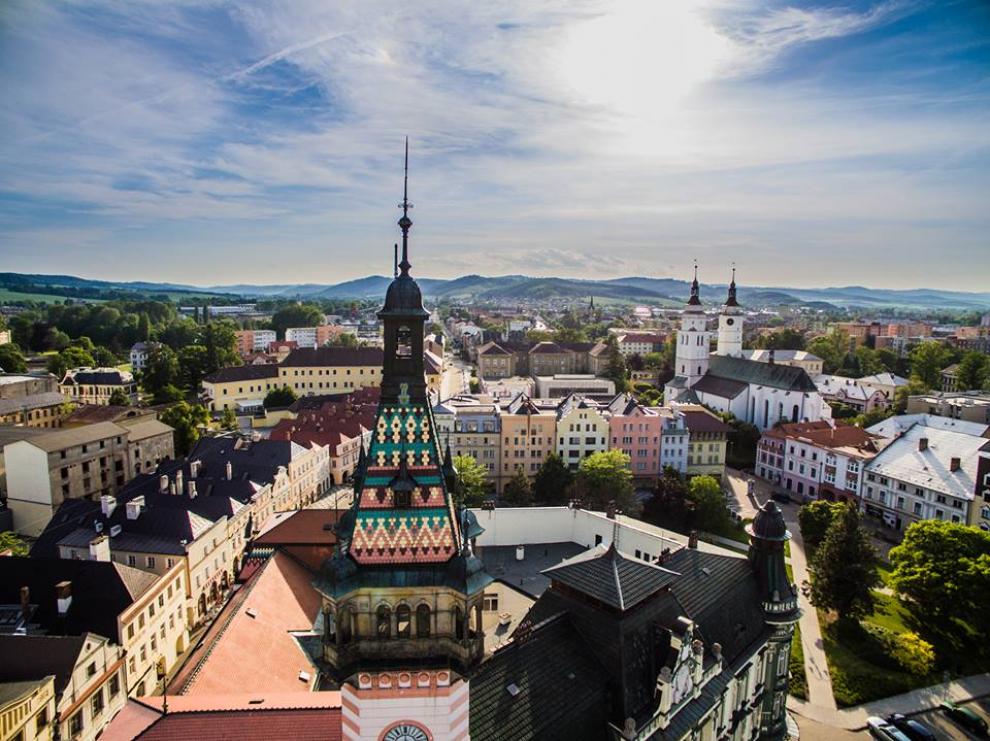
The town of Krnov developed gradually. There are written documents from the 13th century that mention the area and the town with the Slavic name Kyrnow and later with the German name Jägendorf. Krnov was a crossroads of trade routes in the direction of Opava, Bruntál - Olomouc and in the north direction to Hlubčice (Glubczyce, now in Poland). The city flourished thanks to trade and drapery.
With the division of the Principality of Opava in 1377, a separate Principality of Krnov was established. In 1523 the principality was sold to Margrave George Hohenzollern of Ansbach. The Hohenzollerns built a castle here, which is an important landmark of the city centre. The last Hohenzollern was Jan Jiří Krnovský, Commander-in-Chief of the troops of Friedrich Palatinate. Due to his dislike for the Emperor, his property was confiscated, and Karel of Lichtenstein became the new ruler of the Krnov region.
The war between Austria and Prussia influenced the development of the town. The peace of 1742 meant the division of territory and the loss of economic ties. The entire Hlubcicko region (now in Poland) was torn off, Krnov became a border town and its economic interests had to be reoriented from Silesia to Moravia and Austria.
The town lost its medieval appearance and link during its industrialization in the second half of the 19th century. Following the demolition of the city walls, factories focused mainly on textile production were built and coupled with engineering production (textile machines, railway workshops). Since the 1870s, Krnov has been associated with an important tradition of the organ production of the Rieger Brothers Factory. Railways also contributed to the modernization of the town. The first train passed through Krnov in 1872. During the short period of 1869 - 1910, the population of Krnov doubled. In addition to industrial buildings, new streets and squares, public buildings were built.
The Second World War changed the appearance of Krnov and the life of its inhabitants. The town was occupied and most of its inhabitants claimed German nationality in the 1930s. At the beginning of 1945, Krnov was seriously damaged by the bombing of allied troops. The German inhabitants were displaced and the arrival of a new population from different parts of Czechoslovakia meant a loss of the territory’s traditions. The image of the town was also significantly damaged by the dismantling of valuable historical buildings in the 1970s and 1980s.
Recent history of Krnov was markedly affected by the devastating flood in 1997 which caused damages to properties, nature and took many lives. Over the past two decades, Krnov has been changing from an industrial city to a green city. Most buildings have been restored and the care for greenery has received the deserved attention. As a consequence, it won the prestigious title City of Trees 2008/2009.
Krnov is a town and municipality with extended powers in the Moravian-Silesian County, Czechia. The towns of Janov and Albrechtice and 22 other municipalities fall within its confines. It has an area of around 44,40 km² and population exceeding 23 387 persons.
Textile production is linked to the very origins of the city. In 1379, a department store for cloth was founded and in its sixteen chambers the goods made in the town were sold. In the 19th century, there were 17 factories producing cloth, wool and silk goods. Industrialization brought about a change in the appearance of the city. Today, with less than 24,000 inhabitants, Krnov remains an important industrial and cultural centre.
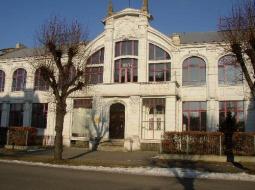
Commercial building of the palace was built in Art Nouveau in 1907, designed by architect Eduard Frank and served as textile stock market. On the turn of the 19th and 20th century Krnov became the centre of the cloth production of the Austro-Hungarian monarchy.
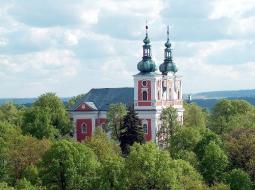
The Pilgrimage Church of the Elevation of the Holy Rood and Our Lady, situated on Cvilín Hill southeast of the town, was built by Andreas a George Gans from 1722 to 1728, near a place where an old wooden chapel used to stand.
The flood-light church is significant dominant of Krnov and is visible from far at night.
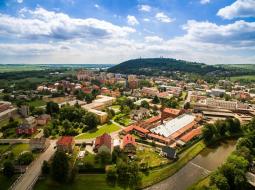
Krnov offers a wide variety of tourism opportunities, including historical monuments, churches, towers, castles and ruins. Spectacular culture is also on offer via several museums and galleries. More information can be found on www.infokrnov.cz
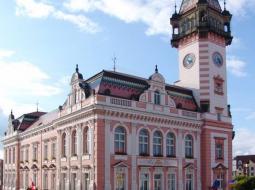
Today's Town hall as it is preserved was built in 1901-1903 in the neo-Renaissance spirit spiced with Art-Nouveau elements according to plans by the Viennese architect Moritz Hintrager. Construction was carried out by Ernest Latzel and Alois Geldner. The building stands on the grounds of the former Town Hall from the 16th century.
Hlavni namesti 96/1
Pod Bezrucovym vrchem
794 01 Krnov 1, Czechia